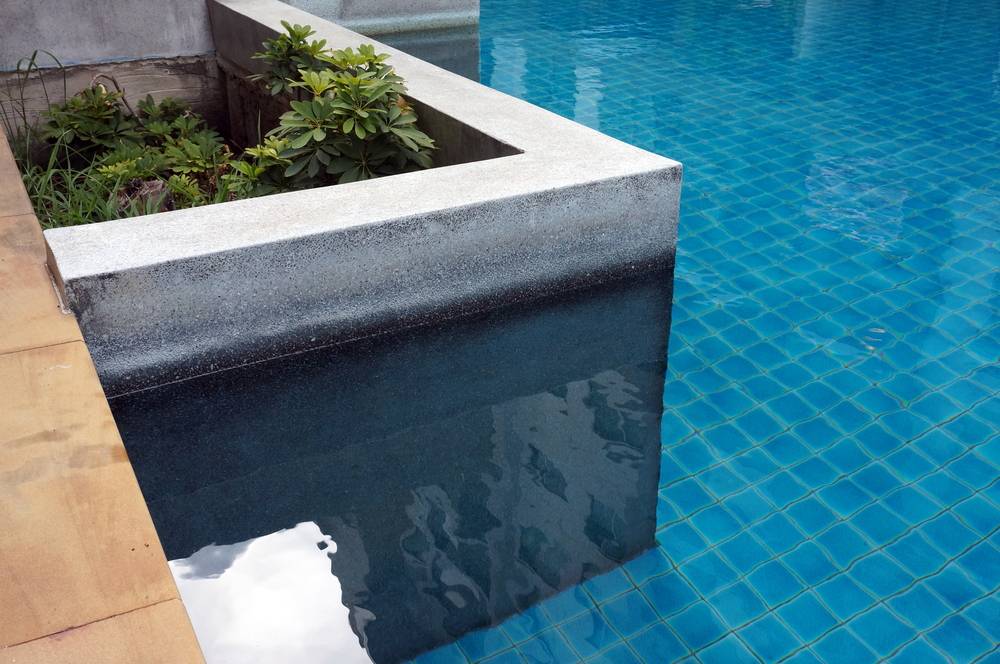Update
I started the Jacks Magic no2 treatment process yesterday. I set my pump to run continuously 24hrs: 2,000rpm from 8a-8p and 1,500rpm from 8p-9a (our electric rates go up at night). I adjusted the pH to about 7.2, FC to 2ppm before starting. Then I added, per Jack's instructions, 1gal of muriatic acid, let that circulate for 30min, then added 2qt of the Blue Stuff sequestrant, let that circulate for 30min, then added 20lb of no2. For the no2 I cast about 5lb directly into the pool over the heaviest stained area at the deep end. For the remainder I predissolved in a 5gal bucket of pool water and distributed around the perimeter of the pool. I noticed very little no2 making it to the bottom of the pool - it seemed to dissolve readily.
The next morning after 17hrs I checked the pool and noticed small specks of same - size particles spread evenly across the bottom of the pool, perhaps 3-4 inches apart. When brushed they move around freely. I thought they might be dirt or pollen but since I've never seen this in my pool before I'm thinking the specks may be metal precipitate. I plan to run my vacuum to pick them up, then immediately rinse the vacuum thoroughly since it will be exposed to whatever low pH water conditions are in there now.
So far after 17hrs it's hard to say if the stains are lifting. They look very slightly lighter to me, but not enough to say definitively. I have taken photos but the lighting conditions have changed a lot.
I measured my water temperature and it is down to 51F. Hopefully this just means waiting a little longer for results but I'll be honest, it's discouraging to see little change over night. I'm hopeful though because the no2 was very effective on this stain when applied directly in the test kit.
Please let me know if you have any suggestions.








